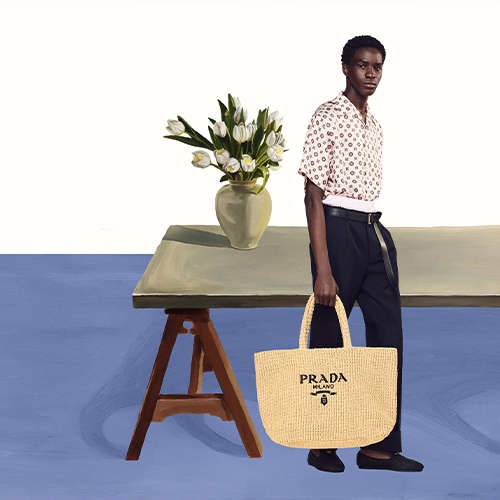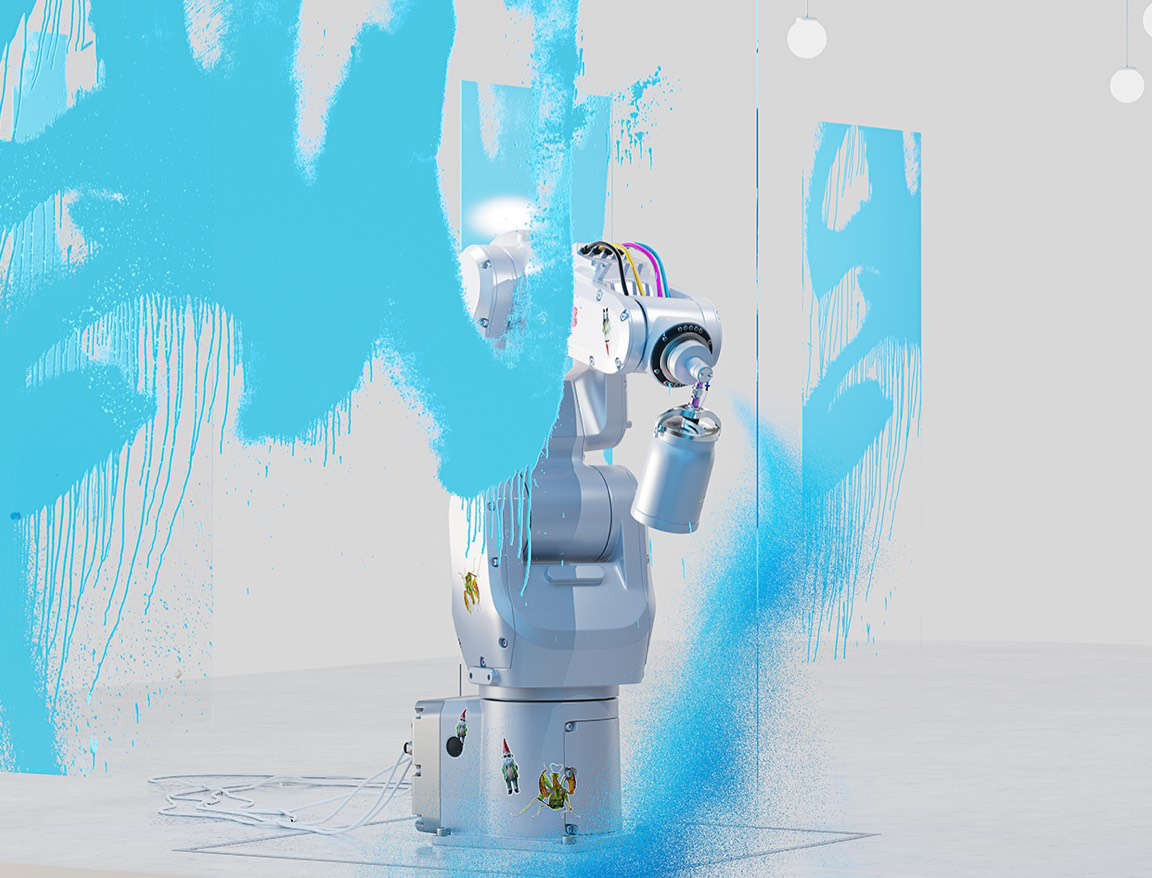- Australia / AUD $
- Canada / CAD $
- China / CNY ¥
- France / EUR €
- Germany / EUR €
- Hong Kong SAR China / HKD $
- Ireland / EUR €
- Italy / EUR €
- Japan / YEN ¥
- Kuwait / USD $
- Macao SAR China / HKD $
- Netherlands / EUR €
- Qatar / USD $
- Saudi Arabia / USD $
- Singapore / SGD $
- South Korea / KRW ₩
- Spain / EUR €
- Taiwan / TWD $
- United Arab Emirates / USD $
- United Kingdom / GBP £
- United States / USD $
- Not yours? Read more
Tell us what you think
Shop in your local currency and language
You are currently in Kuwait KW / USD $ store
- English
- English
- English
- English
- English
- English
- English
- English
- English
- English
- English
- English
- English
- English
- English
- English
- English
- English
- English
- English
- English
Did you know that we deliver to 130 countries or regions and offer a range of delivery options to suit you wherever you are in the world? Find out more
Sign up once to our Selfridges+ service and you can enjoy unlimited deliveries wherever you are in the world. FIND OUT MORE
International delivery
With almost everything on selfridges.com available for International Delivery, you can send your order to 130 countries or regions around the world, including North America, Australia, the Middle East and China.
Although we only offer 20 currencies to browse in online, you can still deliver to all of the following countries or regions:
- Algeria
- Andorra
- Antigua and Barbuda
- Aruba
- Australia
- Austria
- Azerbaijan
- Bahrain
- Bangladesh
- Barbados
- Belarus
- Belgium
- Belize
- Bermuda
- Bolivia
- Botswana
- Brunei
- Bulgaria
- Cambodia
- Canada
- Cayman Islands
- Chile
- China
- Colombia
- Costa Rica
- Croatia
- Cyprus
- Czech Republic
- Denmark
- Dominica
- Dominican Republic
- Ecuador
- Egypt
- El Salvador
- Estonia
- Finland
- France
- French Guiana
- Germany
- Gibraltar
- Greece
- Grenada
- Guadeloupe
- Guatemala
- Guernsey
- Guyana
- Honduras
- Hong Kong
- Hungary
- Iceland
- India
- Indonesia
- Ireland
- Israel
- Italy
- Jamaica
- Japan
- Jersey
- Jordan
- Kazakhstan
- Kenya
- Kuwait
- Laos
- Latvia
- Lebanon
- Lesotho
- Liechtenstein
- Lithuania
- Luxembourg
- Macau
- Malaysia
- Maldives
- Malta
- Martinique
- Mayotte
- Mexico
- Monaco
- Montserrat
- Morocco
- Myanmar
- Namibia
- Netherlands
- New Zealand
- Nicaragua
- Nigeria
- Norway
- Oman
- Pakistan
- Panama
- Paraguay
- Peru
- Philippines
- Poland
- Portugal
- Puerto Rico
- Qatar
- Reunion
- Romania
- Rwanda
- Saint Kitts and Nevis
- Saint Lucia
- Saint Martin (French part)
- San Marino
- Saudi Arabia
- Serbia
- Singapore
- Slovakia
- Slovenia
- South Africa
- South Korea
- Spain
- Sri Lanka
- Suriname
- Swaziland
- Sweden
- Switzerland
- Taiwan
- Tanzania
- Thailand
- Trinidad and Tobago
- Turkey
- Uganda
- Ukraine
- United Arab Emirates
- United Kingdom
- United States
- Uruguay
- Venezuela
- Vietnam
As we continue to experiment with possible futures in the scheme of SUPERFUTURES, we’ve been talking to innovative entrepreneurs who are dreaming big and bold to help make the world a better place for everyone.
Here, we highlight four brands who are transforming plants into luxury products – think restaurant-level vegan steaks, limited-edition pineapple-leather handbags, mushroom skin-boosting supplements and designer mushroom leather. Read on to find out how they turned their extraordinary ideas into a reality, discover the processes behind their future-facing products and how their work is helping to regenerate our natural world.
DIRTEA:
SUPER MUSHROOM SUPPLEMENTS
PROJECT EARTH: FOR VEGANS
THE STORY
In their twenties, brothers Simon and Andrew Salter were running a series of global start-up businesses. “When we turned 30, we hit a chronic burnout, had insomnia, anxiety and were overworked,” explains Andrew. Following a chance encounter with a tea master at a tea ceremony in West London, the brothers were introduced to mushrooms as a form of natural energy – a revelation they felt needed to be shared.
By surrounding themselves with mushroom experts and visiting mushroom farms across the globe, the brothers discovered more about the incredible health benefits of the most researched medicinal mushrooms in the world. These include Chaga with its 3.5 million antioxidants (one teaspoon is the equivalent of eating 600 blueberries) and Lion’s Mane for its ability to benefit memory and focus.
THE PROCESS
1. DIRTEA’s Reishi, Cordyceps and Lion’s Mane mushrooms are foraged by families in Fujian who have been working in the region for six generations. Fujian’s incredible soil conditions have earnt it the nickname ‘The Mushroom Capital of the World’.
2. Boiling water is used to break down the mushroom cell walls. The cell wall is a bit like a lobster shell – you can’t digest it. So, if you were to simply eat the mushroom it wouldn’t have the same health and wellbeing benefits.
3. The mushrooms are soaked in food-grade ethanol to release more active vitamins and minerals. This extracted concentration is spray-dried with hot air to remove moisture, turning it into a fine mushroom extract powder.
4. DIRTEA mushroom powders can act as a caffeine replacement (or be added to) everything from your coffee and tea to cereal and cocktails.
MARICI:
PINEAPPLE-LEATHER HANDBAGS
PROJECT EARTH: FOR VEGANS

THE STORY
Mārīcī Founder Amanda Navaian first came across pineapple leather through her father, a chemical engineer who discovered Dr Carmen Hijosa’s Piñatex invention at the Danish Sustainability Summit. “My parents are Iranian so there has always been a strong emphasis on artisanal craftsmanship and natural materials,” says Amanda, who grew up in Sweden.
Hear more about the brand’s story in our podcast episode where our host, Natty Kasambala, is joined by Mārīcī Founder Amanda Navaian.

THE PROCESS
1. After the pineapple harvest in the Philippines, the leaves (which would previously have been binned or burned) are collected in bundles for the long fibres to be extracted using semi-automatic machines. (The farmers receive an additional income for the pineapple leaves purchased by Piñatex.)
2. The fibres are then washed and dried naturally by the sun or in drying ovens during the rainy season. The dry fibres go through a purification process, which creates a fluffy material that’s then mixed with a corn-based material to create Piñafelt.
3. The rolls of Piñafelt are shipped by boat from the Philippines to Spain or Italy where they are coated and finished using resin certified by the Global Organic Textile Standard (GOTS) to give additional strength, durability and water resistance.
4. This material is then used by three master artisans in Italy to make Mārīcī’s limited-edition luxury handbags that are crafted in the same factory as Bottega Veneta.
MYLO BY BOLT THREADS:
MUSHROOM LEATHER
PROJECT EARTH: FOR VEGANS

THE STORY
Fashion is one of the most polluting industries in the world, but what if, instead of destroying the natural world, we could regenerate it with biomaterials? Enter, Bolt Threads, which was founded in 2009 by Dan Widmaier and David Breslauer, who both shared a passion for biomaterials. “We wanted to create a material that could maintain the look and feel of leather, with a smaller environmental footprint,” says Dan, who notes that, “we’re seeing a heavy shift towards biomaterials, and it’s a trend that’s here to stay.”

THE PROCESS
1. Mushroom leather is made from mycelium, the infinitely renewable underground root network of fungi that plays a critical role in regenerating ecosystems around the planet.
2. The mycelium is grown in a bioreactor. Bolt Threads feeds the mycelium cells sawdust and organic material (including food waste) to help it grow under controlled conditions.
3. The mycelium cells grow into a foamy layer that can be harvested in fewer than two weeks.
4. The foamy layer is finished by experts, ready to be used as a leather alternative by brands including Stella McCartney, GANNI and Mercedes-Benz.
REDEFINE MEAT:
LUXURY 3D-PRINTED MEAT

THE STORY
Redefine Meat is shaking up the food industry with its 3D-printing technology that turns plant-based proteins such as soy and pea into mouth-watering steaks and whole ‘meat’ cuts. “Until now, the plant-based industry has focused on attempting to replicate minced beef or similar products with uniform consistency. With 3D printing, we can produce exact geometries that mimic the muscle, fat and other structures found in whole-muscle cuts of traditional meat, which is inherently connected with the sensorial experience of eating meat,” says Redefine Meat Co-founder Eschar Ben Shitrit.
Hear more about the fascinating story behind Redefinine Meat in our SUPERFUTURES podcast series.
Intrigued to sample it for yourself? Visit Brass Rail in the Foodhall on G at our London store to try the 3D-printed plant-based lamb in a ciabatta roll, served with a roasted peanut and lime vegan mayo, pomegranate molasses, mixed leaves, and pickled red onion. A taste of the future in the oldest restaurant at Selfridges.

THE PROCESS
1. Redefine Meat responsibly sources plant-based proteins including soy and pea.
2. The proteins are combined with fats, flavourings, and other natural ingredients.
3. Redefine Meat’s plant-based steaks are manufactured using several patented technologies, including AI machine learning.
4. The meat alternatives are made into juicy steaks, smoky brisket and rich burgers that replicate the flavour, look and feel of animal-based meat cuts.
DISCOVER OTHER PLANT-BASED INNOVATIONS
Hear more incredible SUPERFUTURES stories
For our SUPERFUTURES podcast, we’ve been exploring what it’s like to dream bigger and bolder with some of the most innovative brands in the world. Hosted by Natty Kasambala, we discover the stories behind the inventions and how these entrepreneurs turned their dreams into a reality.
DISCOVER SUPERFUTURES
From otherworldly ideas to cutting-edge solutions – join us to imagine what the future could be…


































